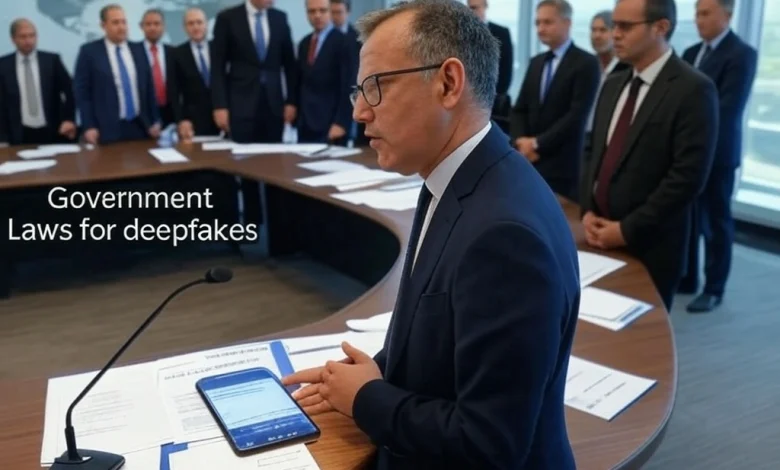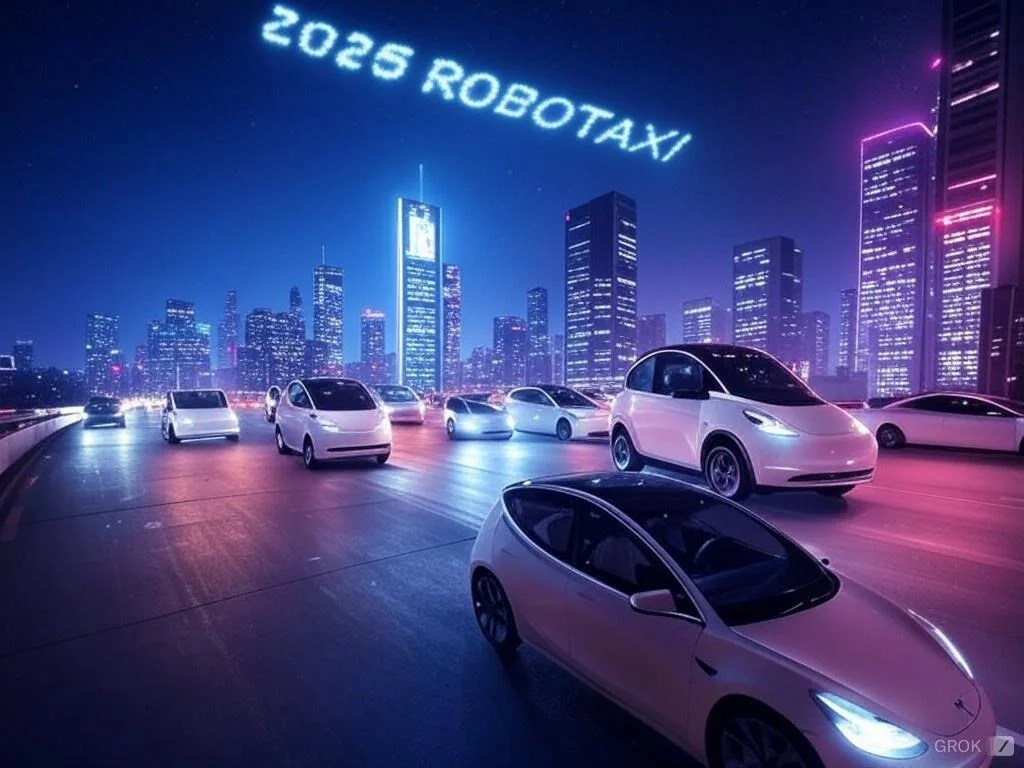
TECHNOLOGYNEWS
How Governments Are Fighting Deepfakes: New Laws and Rules Explained
Social media platforms are labeling AI-made fakes, and users can learn to spot them. But governments are also stepping in with new rules to stop harmful deepfakes. This article explains how countries are using laws, fines, and global teamwork to fight fake videos and protect people.
Why Governments Are Acting Now
Deepfakes are being used for:
- Election tricks: Fake videos of politicians lying to change votes.
- Scams: AI voices pretending to be family members asking for money.
- Hate speech: Fake content targeting specific groups.
Governments worry these fakes could harm democracy, safety, and trust.
New Laws Against Deepfakes
1. European Union (EU) AI Act
- What it does: Forces social media platforms to label all AI-made content (like Meta’s “AI info” tags).
- Punishments: Platforms that don’t follow the rules face big fines—up to 7% of their global income.
2. U.S. Deepfake Accountability Act
- What it does: Makes it illegal to share harmful deepfakes (e.g., fake nudes or election lies).
- Punishments: Creators of harmful fakes can go to jail or pay heavy fines.
3. India’s Upcoming Rules
- What it does: Bans deepfakes during elections and requires platforms to remove fakes within 36 hours.
- Special focus: Fighting fakes in multiple languages (like Hindi or Tamil).
How These Laws Affect Social Media Platforms
- Mandatory labels: Platforms like TikTok and Facebook must add warnings like “This is AI-made” (as discussed here).
- Faster removals: Laws force platforms to delete harmful fakes quickly or face fines.
- Fact-checker partnerships: Governments push platforms to work with experts, similar to Meta’s fact-checking teams.
Challenges Governments Face
- Tech Moves Faster Than Laws:
Deepfake tools improve daily, but laws take months (or years) to pass. - Free Speech vs. Censorship:
Removing all AI content could block harmless memes or art. Governments must balance safety and creativity. - Global Differences:
Laws in Europe or the U.S. don’t apply worldwide. Scammers can post fakes from countries with weak rules.
What’s Next?
- Global Standards:
Groups like the United Nations want worldwide rules for labeling and removing fakes. - Better Detection Tools:
Governments are funding AI tools to find fakes faster—similar to Google’s SynthID. - Public Awareness:
Campaigns to teach people about deepfakes, like tips to verify source.
How You Can Help
- Report fakes: Use platform tools (like the “Report” button) to flag suspicious content.
- Stay informed: Follow news about new laws in your country.
- Vote wisely: Support leaders who take deepfakes seriously.
Fighting deepfakes needs everyone:
- Governments make rules.
- Platforms label and remove fakes.
- Users stay alert and report lies.
By working together, we can make the internet more safe.








